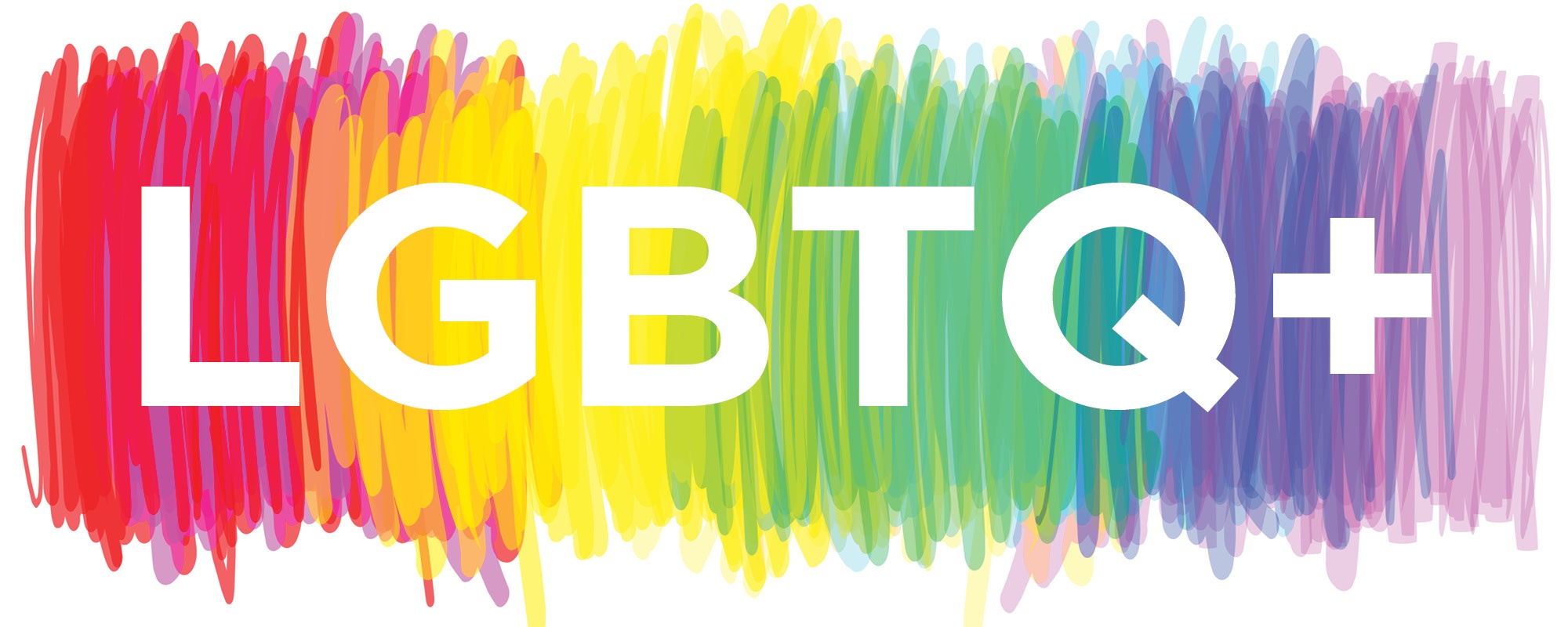LGBTQ+ (Adults & Teens)

What does “LGBTQ+” mean?
The LGBTQ part of the acronym is based on lesbian, gay, bisexual, transgender, and queer. It’s also common to see the acronym LGBTQQIA+, expanded for a more clear representation of lesbian, gay, bisexual, transgender, queer, questioning, intersex, and asexual people.
What about the “plus”? Simply put, the addition of the “plus” symbol stands for love, acceptance, and the embracing of all – a sense of inclusion. It also specifically includes those that don’t identify with a particular label such as gender non-binary, gender queer, asexual, pansexual, gender-expansive, and the list goes on. And, it is even meant to include straight allies and general supporters of the LGBTQ+ community.
LGBTQ+ Mental Health
For LGBTQ individuals, the way their families and social networks accept or deny their sexual orientation and gender identity plays a huge role in their mental health and personal safety.
And, how LGBTQ+ individuals view their own sexual orientation and gender identity has an effect. The more stigma there is, the higher rates of mental health problems there are.
Here are a few statistics:
- Americans who identify as LGBTQ+ are two to three times more likely to have depression than non-LGBTQ+ individuals.
- A Human Rights Campaign survey showed that 28 percent of LGBTQ youth reported feeling depressed most or all of the time; for the transgender youth cohort, the rate was even higher at 40 percent.
- Compared to youths who identify as straight, LGBTQ+ youth are four times as likely to attempt suicide, experience suicidal thoughts, and commit self-harm.
- An estimated 20-30 percent of the LGBTQ+ community in the U.S. has substance use issues, compared to approximately nine percent of the general population.
Personal Gender
Each dimension of gender is informed by our unique intersection of identities, experiences, and personal characteristics. We are more than our body, gender identity and gender expression: we are also our race, ethnicity, class, faith, sense of geographic place, family history, and more.
Our gender is personal because the way that all of these identities, influences and characteristics come together is unique to each of us.
Gender vs. Sexual Orientation
Gender and sexual orientation are two distinct, but related, aspects of self. Gender is personal (how we see ourselves), while sexual orientation is interpersonal (who we are physically, emotionally and/or romantically attracted to).
Why is it so critical to distinguish between these two concepts?
When we confuse gender with sexual orientation, we are likely to make assumptions about a young person that have nothing to do with who they are. For example, the boy who loves to play princess is assumed to be gay, and the girl who buys clothes in the “boys’” section and favors a short haircut may be assumed to be a lesbian. These could be faulty conclusions.
What someone wears and how they act is about gender expression. You cannot tell what a person’s sexual orientation is by what they have on.
Nearly 20 percent of the adult U.S. population lives with mental illness, and LGBTQ+ individuals are nearly three times more likely than others to be in that group. While the stigma surrounding mental disorders and the prejudice against LGBTQ+ individuals have lessened over the years, both are still pervasive in our society. And LGBTQ+ people coping with mental health conditions have to deal with the stresses imposed by both.
Dimensions of Gender
People tend to use the terms “sex” and “gender” interchangeably. But, while connected, the two terms are not equivalent.
Generally, we assign a newborn’s sex as either male or female based on the baby’s genitals. Once a sex is assigned, we presume the child’s gender.
Nevertheless, while gender may begin with the assignment of our sex, it doesn’t end there.
A person’s gender is the complex interrelationship between three dimensions:
- Body: our body, our experience of our own body, how society genders bodies, and how others interact with us based on our body.
- Identity: the name we use to convey our gender based on our deeply held, internal sense of self. Identities typically fall into binary (e.g., man, woman), non-binary (e.g., genderqueer, genderfluid) and ungendered (e.g., agender, genderless) categories. The meaning associated with a particular identity can vary among individuals using the same term. A person’s gender identity can correspond to or differ from the sex they were assigned at birth.
- Social: how we present our gender in the world and how individuals, society, culture, and community perceive, interact with, and try to shape our gender. Social gender includes gender roles and expectations and how society uses those to try to enforce conformity to current gender norms.
Each of these dimensions can vary greatly across a range of possibilities and is distinct from, but interrelated with the others. A person’s comfort in their gender is related to the degree to which these three dimensions feel in harmony.
You are not alone. Kaleidoscope counselors are here to walk through this thing we call life; with you, with your child, and with your whole family.
